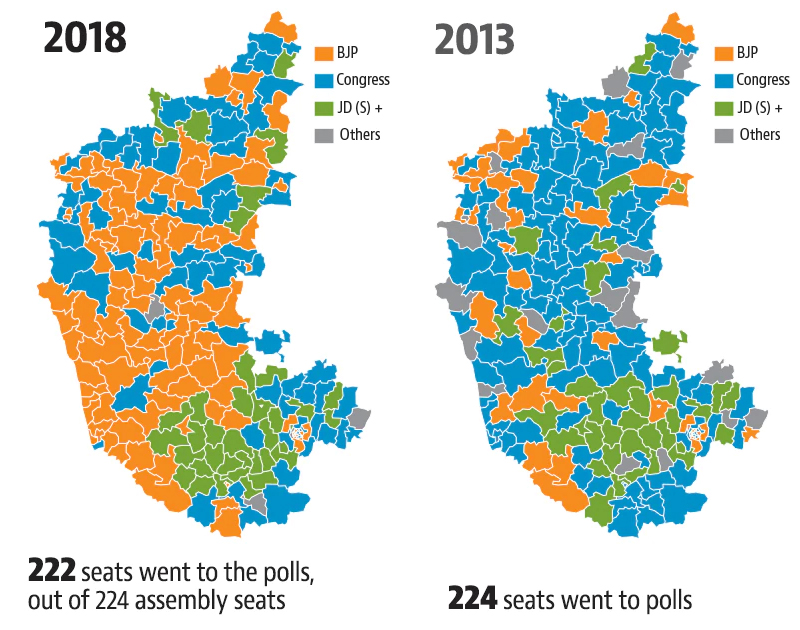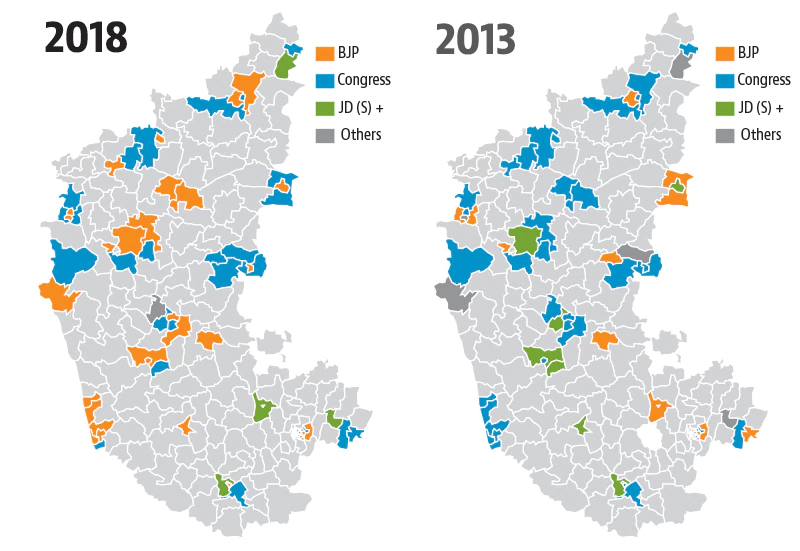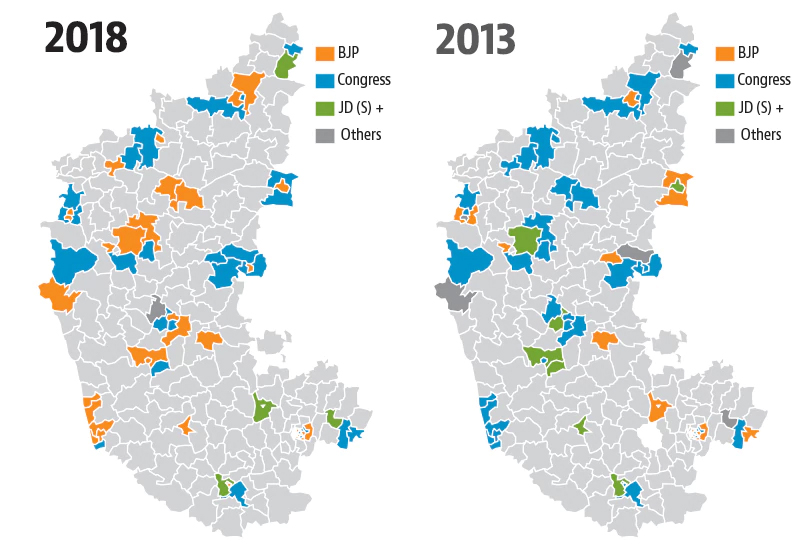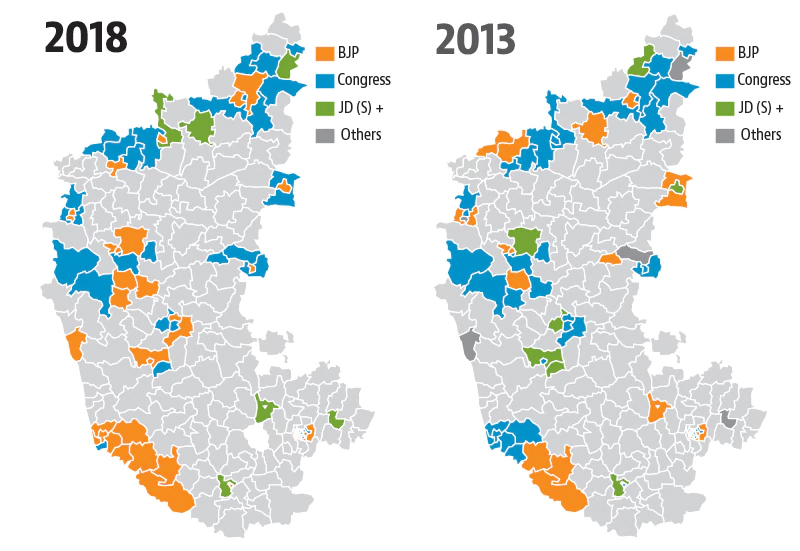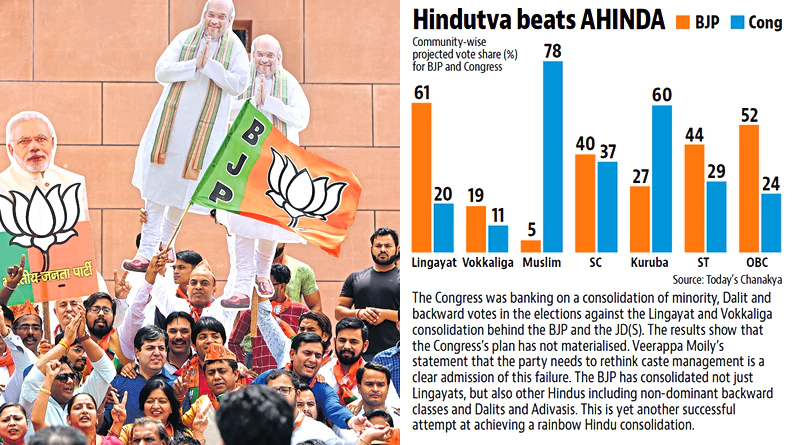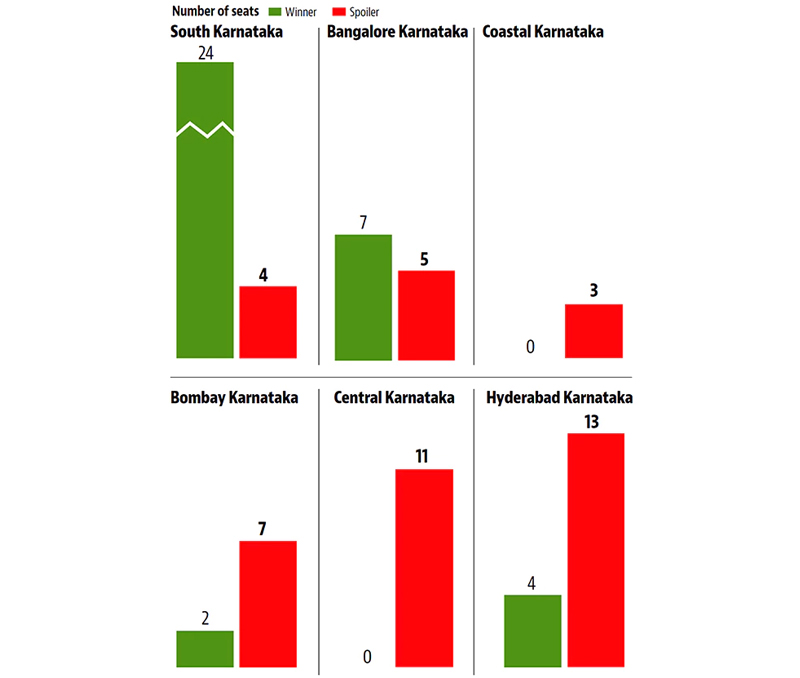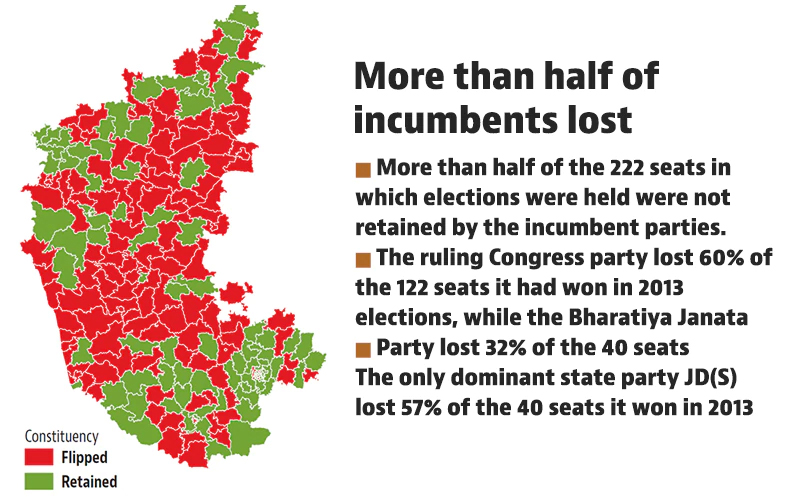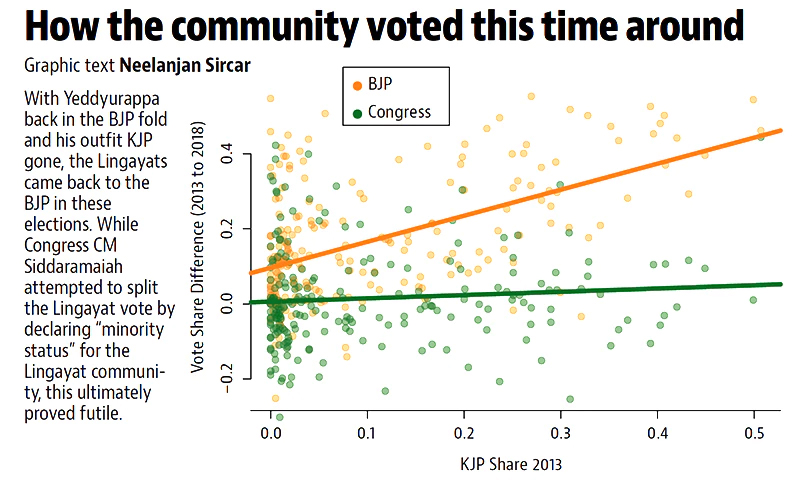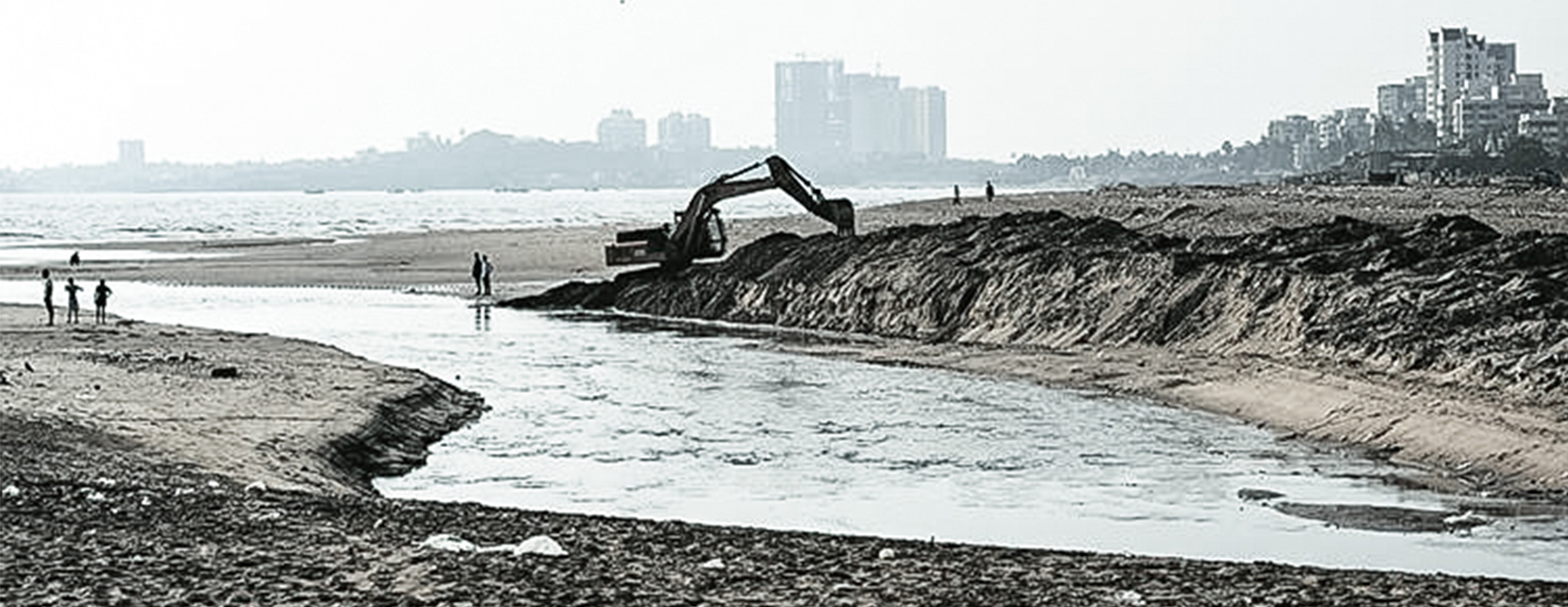
PART 2 OF A SERIES ON ‘COASTAL REGULATION’ BY THE CPR-NAMATI ENVIRONMENT JUSTICE PROGRAM
COASTAL GOVERNANCE ENVIRONMENTAL JUSTICE RIGHTS
The Environment Ministry has put the CRZ Notification, 2011 through one review, eight amendments and two clarifications since 2014; mostly without any public participation.
This piece can also be accessed in: हिंदी
History of CRZ Notification
The Indian coastline has been protected by the Coastal Regulation Zone (CRZ) Notification since 1991. However, it has also been a space to set up development projects and commercial activities through the construction of ports, thermal power plants and Special Economic Zones. Coastal lands are also in high demand by resorts, hotels and real estate projects. Between 1991 and 2001, through a series of amendments to the Notification, the coasts were opened for all these activities. By 2002, the CRZ Notification had witnessed 20 amendments and it became a complex piece of legislation difficult to comprehend and implement. To piece together all these amendments in one document and also to acknowledge the coastal communities’ rights of using the coast, the notification was replaced with Coastal Regulation Zone Notification, 2011.
Coastal Regulation Zone Notification (CRZ), 2011
CRZ Notification, 2011 was a result of numerous consultations with different stakeholders all along the coast and dialogues between policy makers, civil society organisations, fisher groups and coastal communities. What came out of the process was a negotiated document, which tried to balance different interests and concerns. While it made State Coastal Zone Management Authorities responsible for the implementation of CRZ Notification in their respective jurisdictions, it gave a limited role for state governments in the process of project appraisals and coastal planning (See our report on CZMAs for details). While different actors may have varied opinions on the outcome of the process, there is a unanimous view that the process of drafting the CRZ Notification, 2011 embraced the principles of transparency and public participation in policy making.
Changes to the CRZ Notification, 2011
In June 2014, the Ministry of Environment, Forests and Climate Change (MoEFCC) constituted a committee under the chairmanship of Dr Shailesh Nayak, the then director of the Ministry of Earth Sciences to review the CRZ Notification, 2011. The mandate of the committee was to suggest measures to address the concerns raised by state governments, iron out any ambiguities within the CRZ notification and bring ‘procedural simplification’. The committee consulted the state governments and submitted its report to the Ministry in January 2015. Adhering to its Terms of Reference strictly while examining the notification, the committee did not take on board anyone else’s views (see this analysis for details). The committee made a presentation before the erstwhile Environment Minister Prakash Javadekar in early November 2014 and from that month onward, the CRZ Notification, 2011 has been subject to a series of amendments and clarifications. Download the full report to read the recommendations of the Committee, as well as read the analysis of the recommendations of the CRZ review committee to understand its impacts and its link with the changes being undertaken by the government since November, 2014.
The first in the series was an amendment to transfer powers to appraise certain projects from the MoEFCC to the State Environment Impact Assessment Authorities. Both the review and then this subsequent amendment prove that the Ministry’s efforts at decentralisation are limited only till the state level. The District level coastal committees (DLCCs), though recommended to be constituted under the CRZ Notification, are yet to be fully functional in states such as Goa, Kerala and Odisha. The amendment did not pay any attention to this point. This abandonment of DLCCs becomes particularly grave because they are the only institutions that give an opportunity to coastal communities to participate in decision making for the coasts (See this article to understand how DLCCs have been disregarded in coastal governance).
The Second amendment that was proposed on 11 December, 2014, and was finalised on 17 February, 2015, allowed reclamation in water areas of the CRZ for construction of monuments and memorials. Environmentalists and fisherfolk raised concerns regarding impacts of this change on marine ecology and fisheries through submissions to the Ministry. Since this amendment was finalised within a week after the usual period of 60 days of seeking public comments on the draft, how many of these submissions were read remains a question.
In the same month even before the above-mentioned amendment was finalised, another amendment was made (without seeking any public comments) to allow certain relaxations to tourism projects in urban areas of CRZ. These relaxations included lifting the ban on withdrawal of groundwater from near the coast, and doing away with the requirement of maintaining a path between two tourist structures to access the beach, etc.
In February 2015, the MoEFCC also issued a circular that stated that temporary constructions that are essential but secondary to an activity that has been approved for the coast can be carried out even if they are not explicitly mentioned in the clearance letter. The MoEFCC clarified that such temporary constructions cannot be considered violations.
In March the same year, observing that the preparation of new management plans for the coast as per the CRZ Notification, 2011 was taking time, the MoEFCC extended the validity of the existing plans. The new plans were to replace the plans made 15 years ago (in 1996) under the old Notification of 1991.
In the same month, came a draft amendment that proposed to extend the local town and country planning norms to coastal cities and towns. This meant that coastal cities and towns, despite their vulnerability to natural disasters, could have buildings of as much height and have as many floors as their inland counterparts. This amendment was finalised in June 2015 (implications of this amendment are discussed here).
In June 2015, the MoEFCC proposed one more amendment that allowed reclamation of the seabed for roads while the CRZ Notification, 2011, in its original form, allowed roads to be built only on pillar like structures called stilts so that they would have minimum effect on the sea currents and cause less damage to marine ecology. Despite opposition from fisher groups, citizens, environmentalists and urban planners, this amendment came through in December 2015 (amendments introduced till this time have been discussed here).
The Ministry issued another circular that expanded the definition of the term ‘foreshore facilities’ mentioned in the CRZ Notification, 2011. It stated that the term includes shipping related secondary activities such as marinas, ship repair yards, dry docks, shipbuilding yards and ship lifts. This clarification permitted these activities in the coastal regulation zone.
Another extension to the existing coastal zone management plan came in March 2016 (See details of challenges concerning coastal planning here).
Last in the series of amendments and clarifications, was a draft amendment in April 2016 that proposed to lift the restriction on the construction of sewage treatment plants in ecologically sensitive areas of Greater Mumbai. It also allowed temporary tourism structures such as shacks to remain erected during the monsoon months in Goa. The original Notification required them to be removed during these months to keep to their temporary status and to avoid them from becoming permanent facilities. Also, to prevent any delay in appraisals it proposed that the concerned environment department would be responsible for appraisals in the event of delay in the reconstitution of coastal zone management authorities when their term expires. This Notification is yet to be finalised.
In March this year, to further update the appraisal process, the MoEFCC initiated a separate web-portal for CRZ clearance. It also announced training on using the web-portal for the members of the coastal zone management authorities – institutions responsible for implementation of the CRZ Notification.
In the same month, there have been news reports of an impending new Notification that would replace the existing CRZ Notification, 2011. As per the news reports, it will permit more tourism and commercial projects in the CRZ (Read the first piece in this series for an analysis of the implications of these changes).
If analysed together, these changes indicate three trends: opening of coasts for more commercial and tourism projects; fast-tracking and streamlining of the appraisal process; and allowing state governments a bigger role in coastal decision-making. However, these changes have been made without any public consultation or they have ignored the concerns raised by the coastal communities and local people in submissions sent to the Ministry. The suggestions made in these submissions have had no impact on the process of policy making as the final notifications are almost the same as the drafts put out for public comment. From the process followed by the Ministry in changing the CRZ Notification, it appears that the era of participatory coastal planning is over.
he other pieces in this series can be accessed below:
- Coastal commons for private tourism and entertainment?
- States ask Review Committee to loosen up the Coastal Regulation
- Crucial aspects of proposed Marine Coastal Regulatory Zone Notification revealed
- In conversation with Dr Shailesh Nayak – the man who led the review of coastal regulation
- The proposed Marine Coastal Regulation Zone (MCRZ) Notification
- A tale of two reviews: How two governments amended a coastal land use law
- The Supreme Court’s guiding principles for coastal regulation
- Coastal Regulation Zone Disputes before the National Green Tribunal
- CRZ drives a wedge between communities in Mumbai




